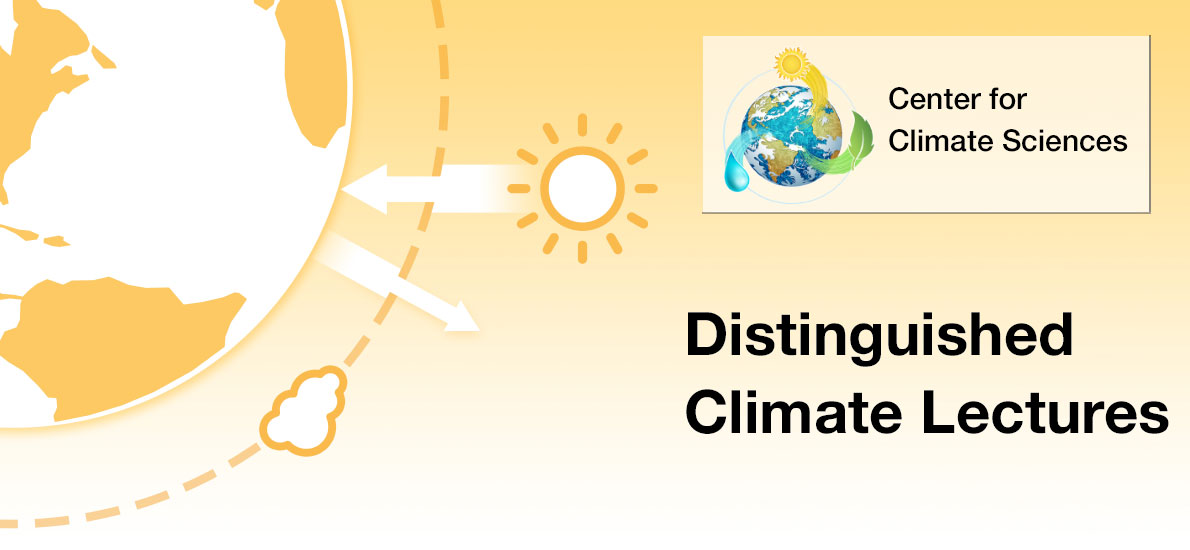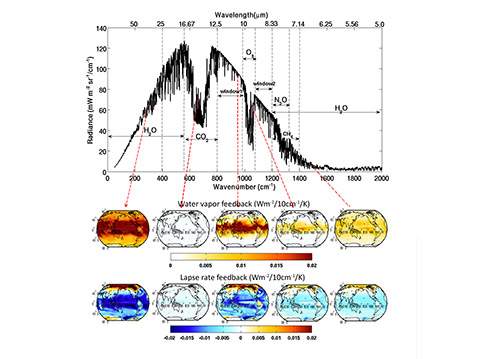Seminars
Studying climate through a spectral lens
January 19, 2023
| 180-101 conference room (in person) and Webex, 3:00pm PT
› view lecture

About this Lecture

Radiative transfer processes are intrinsically spectral dependent, yet this spectral dimension is not broadly utilized in physical climate studies. I will present three examples to illustrate the merit of spectral dimension in such studies, closely tied to relevant NASA observations. First, I will show how the longwave spectral flux derived from observations can be used in model diagnostics to reveal compensating biases that broadband diagnostics alone cannot tell for both the mean-state and radiative feedback analysis. Second, I will describe why two longwave processes, e.g., surface spectral emission and reflection and ice-cloud scattering, are missing in current climate models but should be included for the simulation of polar climate. Third, I will briefly describe the implication of the most recent NASA solar spectral irradiance measurements, especially the partition between visible and near-infrared, for high-latitude climate simulation.
About

Dr. Xianglei Huang is a full professor at the University of Michigan at Ann Arbor. He is specialized in atmospheric radiation and climate, especially hyperspectral observations and its usages in climate studies. He is a co-I on two ongoing NASA missions, PREFIRE and Libera, and an overseas co-I of FORUM, the 9th ESA earth explorer mission. Since 2016 he has participated in model developments of E3SM, the DoE flagship earth system model, developing new radiation schemes to improve the longwave coupling between the surface and atmosphere. Currently, he serves as Editor for the Journal of Climate. Dr. Huang obtained his Ph.D. from Caltech and did his postdoctoral work at Princeton/GFDL.
